The seas around Australia will now be more secure after the Morrison government declared it would invest $1 billion into guided missile capabilities for the Royal Australian Navy.
The move is part of the government’s $183 billion investment in creating a “lethal and highly responsive” navy.
“These new capabilities will provide a strong, credible deterrent that will ensure stability and security in the region,” Reynolds said.
The new long-range missiles are designed to hold off enemy combatants at a distance of 370 kilometres (233 miles) at sea or in the air, and strike land targets 1,500 kilometres (932 miles) away.
According to the minister, all Royal Australian Navy vessels will be equipped with the long-range anti-ship missiles, the extended range surface-to-air missiles, advanced lightweight torpedoes, and land strike capabilities.
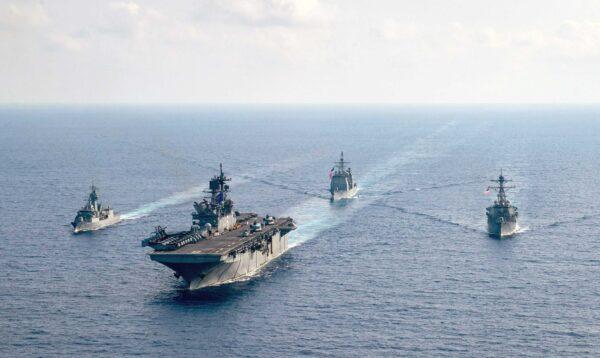
“The project also seeks opportunities to broaden Australia’s weapons manufacturing base, reinforcing this government’s long-term commitment to Australian industry and delivering sovereign industrial capabilities," she said.
At the time the state department said that the sale would support Australia’s potential maritime partnership with the United States and align its capabilities with existing regional baselines.
The state department noted that Australia was one of America’s most important allies in the Western Pacific, and the proposed sale would support the foreign policy and national security objectives of the United States.
“The strategic location of this political and economic power contributes significantly to ensuring peace and economic stability in the region,” the department said.
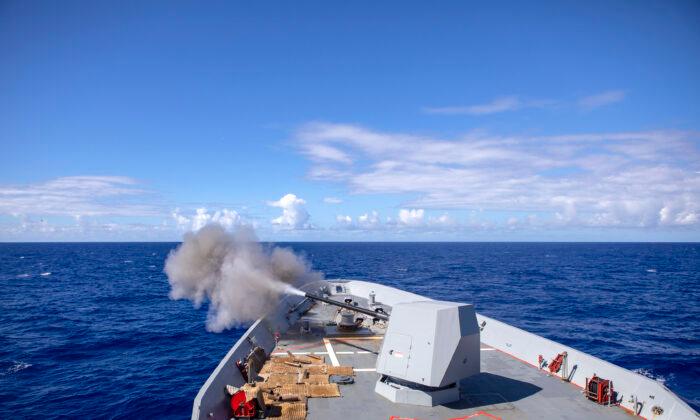
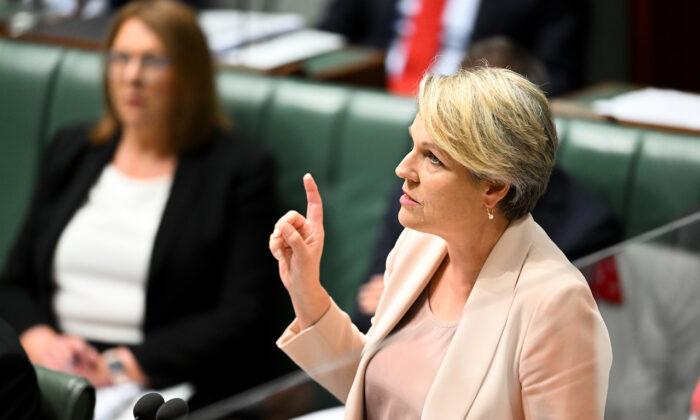
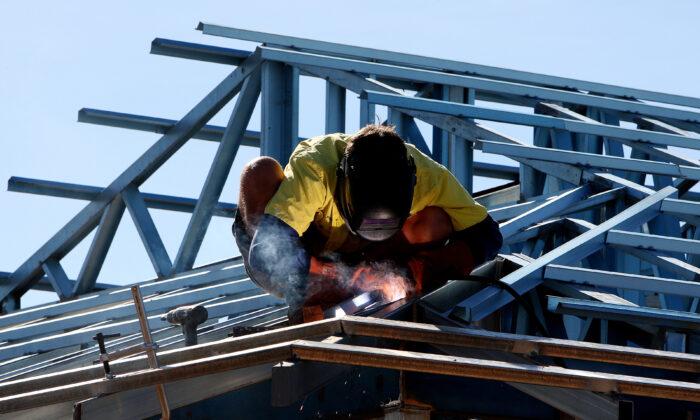
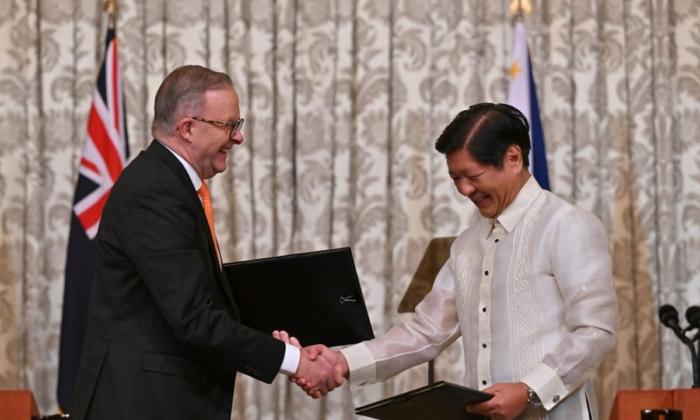
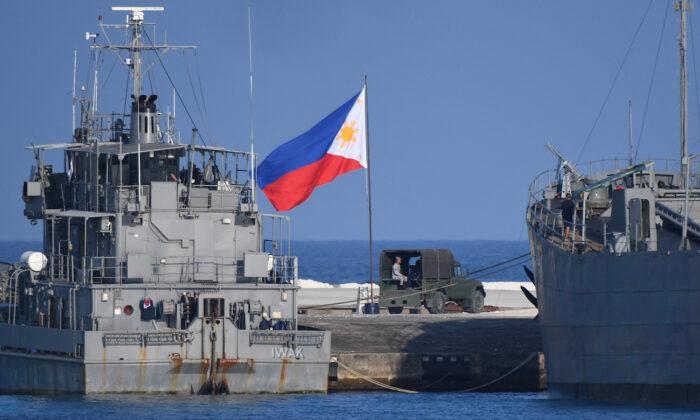
Friends Read Free